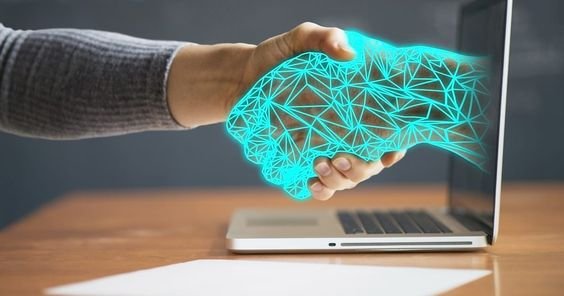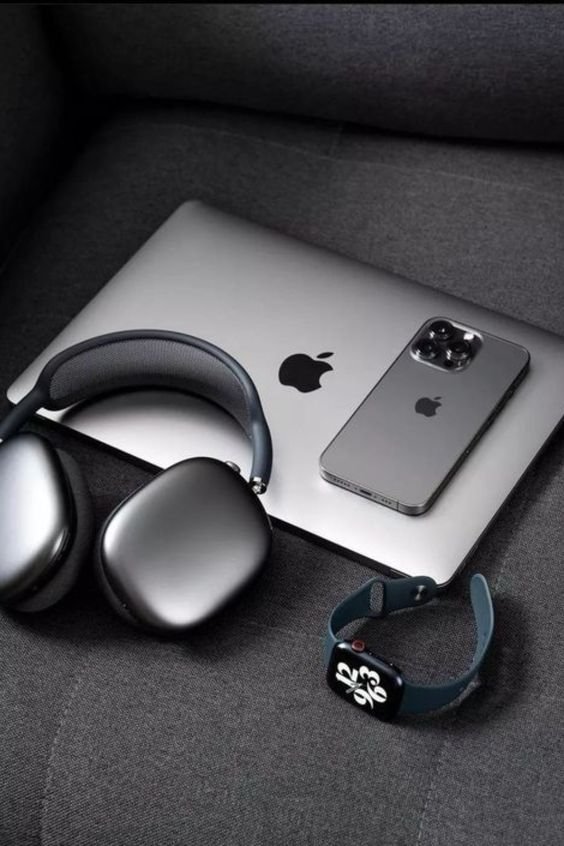
Self-driving cars, also known as autonomous vehicles (AVs), are no longer just a futuristic concept; they are becoming a reality on our roads. With companies like Tesla, Waymo, and Uber investing heavily in autonomous technology, self-driving cars promise to revolutionize transportation by reducing traffic accidents, improving mobility, and decreasing congestion. However, as these vehicles become more common, new legal and ethical questions arise—most notably, who should be held responsible when a self-driving car is involved in an accident? Should the car itself, or its manufacturer, be held legally accountable? This article explores the complex issue of legal liability for accidents involving self-driving cars and the potential implications for the future of autonomous transportation.
Understanding Self-Driving Cars
Self-driving cars use a combination of sensors, cameras, radar, lidar, and sophisticated algorithms to navigate roads, interpret traffic signals, avoid obstacles, and make real-time decisions. These vehicles are classified into different levels of automation, ranging from Level 0 (no automation) to Level 5 (full automation). At Levels 4 and 5, cars can operate autonomously without human intervention in most or all conditions, while Levels 1 to 3 require varying degrees of human oversight and control.
Currently, most self-driving cars on the road are at Levels 2 and 3, meaning they have some automated features (such as lane-keeping or adaptive cruise control) but still require a human driver to remain attentive and take over when necessary. However, fully autonomous Level 4 and Level 5 vehicles are expected to be widely available in the coming years.
The Case for Holding Self-Driving Cars Legally Responsible
- Manufacturer Accountability:One argument in favor of holding self-driving cars—or, more accurately, their manufacturers—legally responsible for accidents is that these vehicles are designed and programmed by companies that should be accountable for their products’ behavior. When a self-driving car is involved in an accident, it is often due to a failure in the vehicle’s technology, such as a software error, sensor malfunction, or misinterpretation of the environment. In such cases, it is argued that the manufacturer should be held responsible, just as they would be for a defect in a traditional car.
- Product Liability Principles:The principle of product liability holds that manufacturers are responsible for ensuring that their products are safe for use and for compensating victims if their products cause harm. This principle could be extended to self-driving cars, where the vehicle is viewed as a product that must perform safely. If a self-driving car fails to do so due to a defect or design flaw, the manufacturer could be held liable for damages, much like they would be for a faulty airbag or brake system.
- Encouraging Safer Technology:Holding manufacturers accountable for accidents involving self-driving cars could incentivize them to prioritize safety in their designs and testing processes. If manufacturers know they will be liable for accidents caused by their vehicles, they are more likely to invest in robust safety features, thorough testing, and continuous software updates to minimize the risk of accidents. This focus on safety could ultimately lead to more reliable autonomous vehicles and fewer accidents overall.
- Clearer Legal Framework:Assigning legal responsibility to the manufacturers of self-driving cars could provide a clearer legal framework for handling accidents involving these vehicles. Currently, liability for accidents involving autonomous vehicles is a gray area, with uncertainty about who should be held accountable—the driver, the manufacturer, the software developer, or another party. By holding manufacturers responsible, the legal system could create more straightforward rules and guidelines, reducing confusion and uncertainty for all parties involved.
- Eliminating Human Error:One of the main arguments for self-driving cars is that they can reduce accidents caused by human error, such as distracted driving, drunk driving, or reckless behavior. If self-driving cars are intended to eliminate human error and take full control of driving, it follows that the vehicle (and by extension, the manufacturer) should be responsible when an accident occurs. This approach would align with the goal of removing human error from the equation and shifting liability to the technology itself.
The Case Against Holding Self-Driving Cars Legally Responsible
- Shared Responsibility with Human Drivers:At least for the time being, most self-driving cars still require some level of human oversight. In cases where the car is operating at Level 2 or Level 3 autonomy, the human driver is expected to be ready to take control when necessary. If an accident occurs because the human driver fails to intervene or pays attention, it could be argued that the driver should share responsibility. For example, if a driver ignores a warning to take control of the vehicle or misuses the car’s autonomous features, they could be partly liable for any resulting accident.
- Complexity of Determining Fault:Determining fault in an accident involving a self-driving car can be complex. Many factors could contribute to an accident, including software errors, sensor malfunctions, weather conditions, road hazards, and the actions of other drivers or pedestrians. In some cases, multiple parties may share responsibility, including the vehicle manufacturer, software developer, driver, or other third parties (such as maintenance providers or infrastructure managers). This complexity makes it difficult to assign liability to a single entity.
- Stifling Innovation and Development:Holding manufacturers solely responsible for all accidents involving self-driving cars could stifle innovation and development in the autonomous vehicle industry. Manufacturers might be hesitant to invest in developing and deploying self-driving technology if they face significant legal and financial risks. This hesitation could slow down the progress of self-driving cars and delay their potential benefits, such as reducing traffic accidents and improving mobility.
- Impact on Insurance Models:Assigning full liability to self-driving car manufacturers could significantly impact the traditional insurance industry. Currently, drivers are required to carry auto insurance to cover accidents. If manufacturers were held responsible for all accidents involving self-driving cars, the need for individual auto insurance could diminish, leading to substantial changes in how insurance companies operate. This shift could result in legal and financial challenges for the insurance industry and policymakers.
- Evolving Standards and Regulations:The technology behind self-driving cars is still evolving, and regulatory standards for autonomous vehicles are not yet fully developed. Holding manufacturers accountable for accidents in a rapidly changing technological landscape may be premature. Instead, regulators could focus on creating standards and guidelines for developing, testing, and deploying self-driving cars to ensure they meet safety requirements without prematurely imposing liability.
Potential Solutions: A Hybrid Approach to Liability
Given the complexities and nuances involved in determining liability for self-driving car accidents, many experts suggest a hybrid approach that combines elements of both manufacturer and driver responsibility. Here are some potential solutions:
- Shared Liability Model:Under a shared liability model, responsibility for accidents involving self-driving cars would be distributed between the manufacturer, the human driver (if present), and other parties based on their degree of fault. For example, if an accident occurs due to a software malfunction, the manufacturer might be primarily responsible. However, if the human driver fails to take control when prompted, they could also share liability. This model allows for flexibility in assigning responsibility based on the specific circumstances of each accident.
- No-Fault Insurance for Autonomous Vehicles:Some experts advocate for a no-fault insurance system specifically for self-driving cars. Under this system, compensation for accidents would be provided by insurers regardless of who is at fault, reducing the need for lengthy legal battles to determine liability. This approach could streamline the process of compensating victims while still encouraging manufacturers to prioritize safety and innovation.
- Manufacturer Liability with Safe Harbor Provisions:Manufacturers could be held liable for accidents involving their self-driving cars, but with certain “safe harbor” provisions that limit liability if the vehicles meet specific safety standards and regulations. For example, if a self-driving car complies with all relevant laws, undergoes regular safety checks, and operates according to industry best practices, the manufacturer could be shielded from liability in some cases. This approach would balance accountability with encouraging the development of safer technology.
- Government Regulation and Oversight:Governments could play a more active role in regulating the use of self-driving cars and establishing standards for safety, testing, and liability. Clear regulatory frameworks would help define the responsibilities of manufacturers, drivers, and other stakeholders. For example, governments could require manufacturers to adhere to certain safety standards, conduct regular software updates, and provide transparent reporting on accidents involving their vehicles.
- Creation of a Dedicated Compensation Fund:To address the unique challenges of liability in self-driving car accidents, some propose creating a dedicated compensation fund. This fund, financed by contributions from autonomous vehicle manufacturers and operators, would provide compensation to victims of accidents involving self-driving cars. Such a fund could help ensure that victims receive timely compensation without lengthy legal disputes.
Conclusion
As self-driving cars become more prevalent, the question of who should be held legally responsible for accidents will become increasingly important. While there are valid arguments on both sides of the debate, a balanced approach that considers the complexities of autonomous technology, the role of human drivers, and the evolving regulatory landscape is likely to be the most effective solution.
Rather than assigning full responsibility to manufacturers or drivers, a hybrid model that shares liability based on the circumstances of each accident may provide a fairer and more practical framework. By combining elements of manufacturer accountability, government regulation, and innovative insurance solutions, society can create a legal framework that supports the safe and responsible deployment of self-driving cars while protecting the rights and interests of all parties involved.
Ultimately, as the technology continues to advance, it will be essential for lawmakers, industry stakeholders, and the public to work together to develop fair and effective policies that ensure the benefits of self-driving cars are realized without compromising safety or justice.









